Contracting Officer Podcast 2.0 Episodes
As former Federal Contracting Officers who have also walked in industry’s shoes, Kevin and Paul share their expertise and perspectives in support of the podcast’s mission: Make government contracting better, one contract at a time.
Never Miss An Episode
Skyway subscribers know the value of expert insight and support. Login or subscribe today!
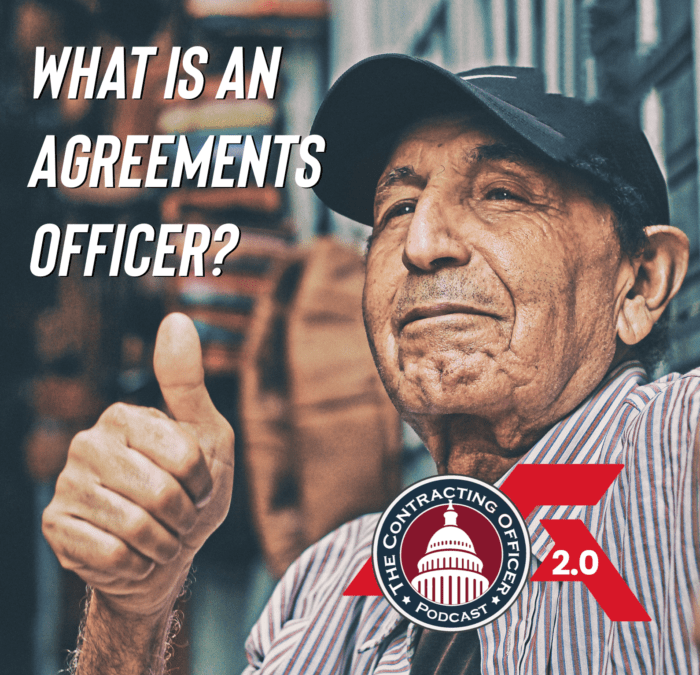
402 – What is an Agreements Officer?
Contracts are awarded by Contracting Officers other agreements are awarded by Agreement Officers. In this episode, we explain how an Agreements Officer may be a Contracting Officer but that doesn’t...
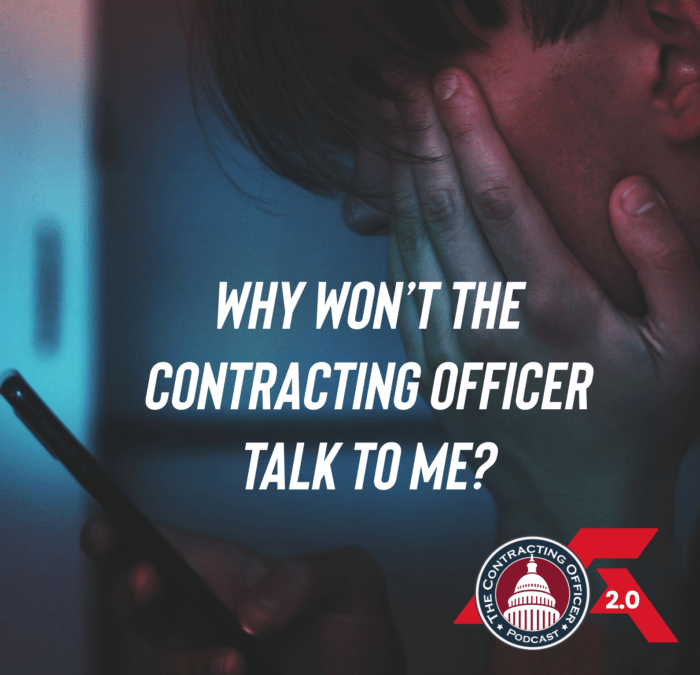
401 – Why Won’t The Contracting Officer Talk to Me?
One of the biggest challenges contractors face is getting the Contracting Officer to talk to them. In this episode, we provide context on why COs don’t talk to Industry, or are at least why they...
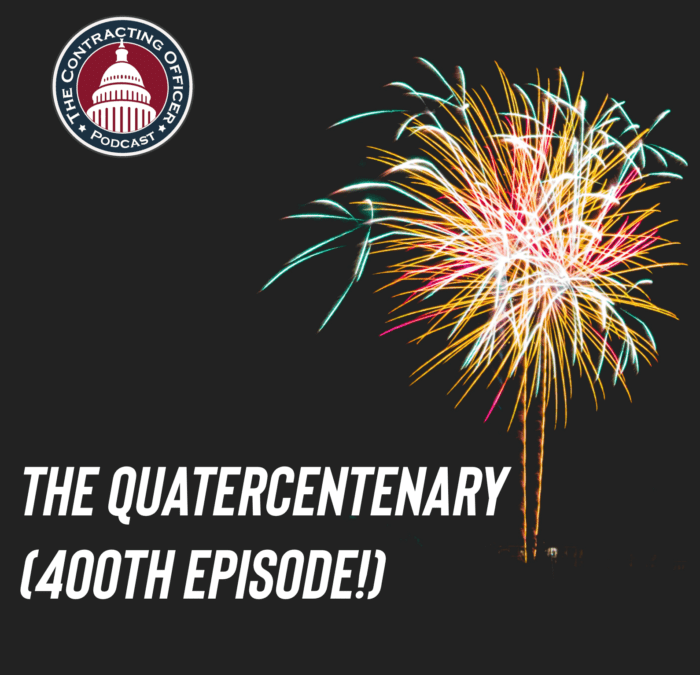
400 – The Quatercentenary (400th Episode!)
This is the 400th episode of the Contracting Officer Podcast. Thank you to all the listeners who have encouraged us over the years and challenged us to tackle new topics in our quest to make...
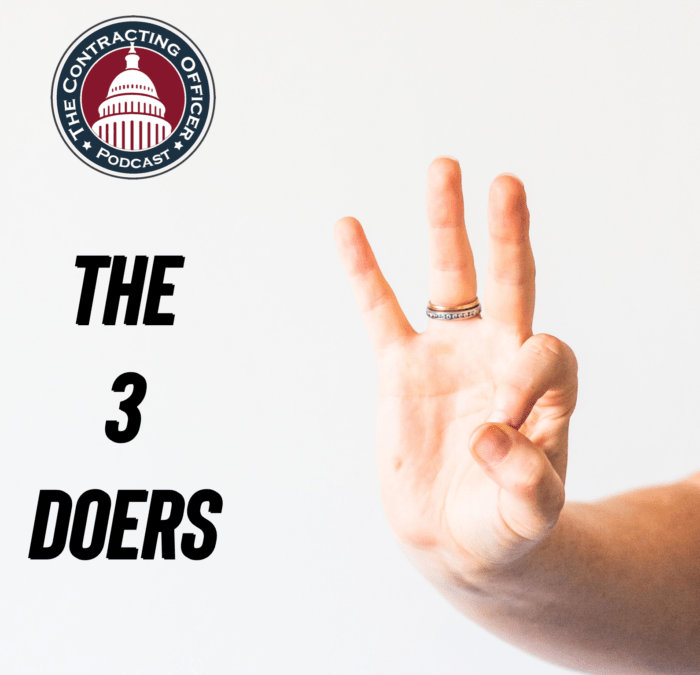
399 – The 3 Doers
In this “companion episode” to The 3 Deciders, Kevin and Paul discuss how roles change after contract award (during The Execution Time Zones®) and describe how the contractor becomes part of the...
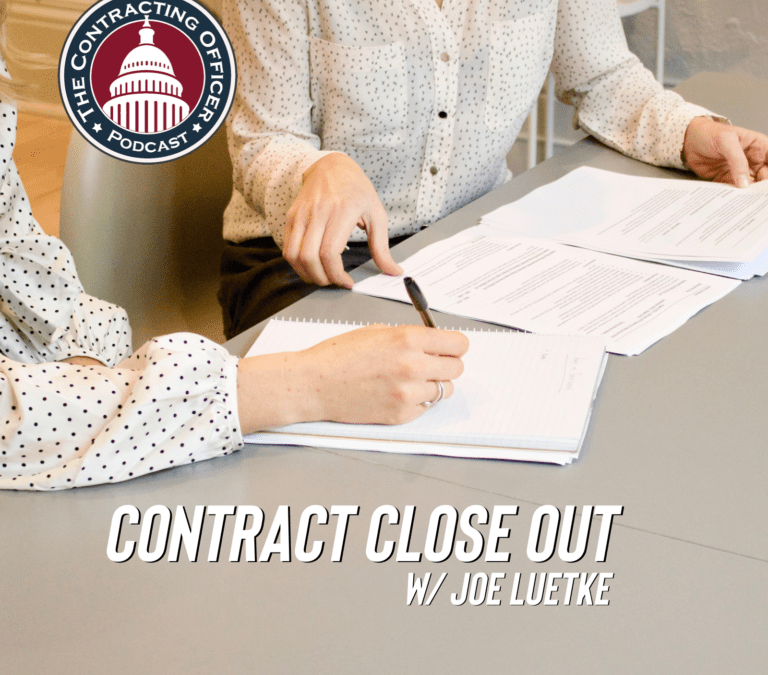
398 – Contract Closeout (with Joe Luetke)
Kevin and Skyway team member Joe Luetke discuss the importance of timely and efficient contract closeout. Listen and learn how neglecting contract closeout can complicate the process for both...
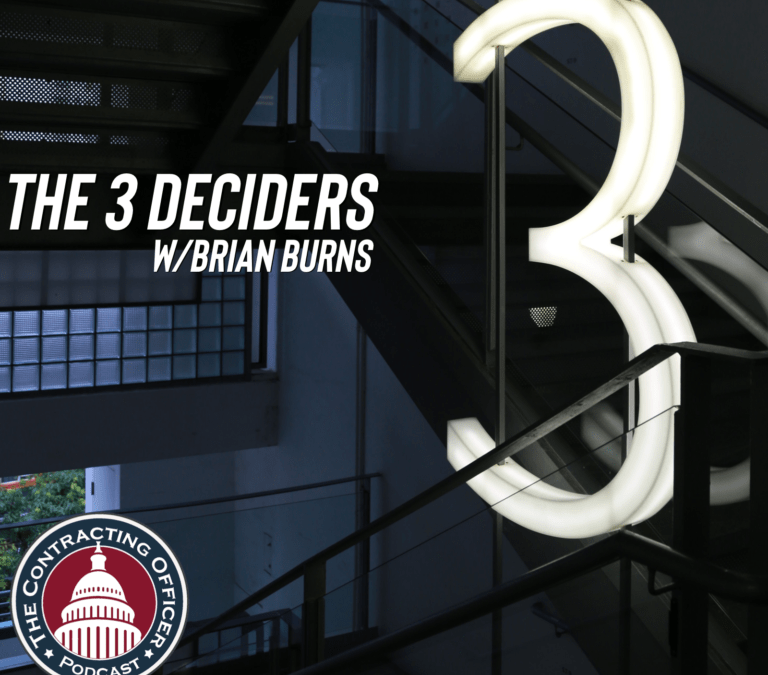
397 – The 3 Deciders w/Brian Burns
Kevin welcomes special guest Brian Burns to revisit “the three deciders”, a concept you’ll recognize from episode 118 that is also woven into many of our podcasts. Listen and learn how each of the...
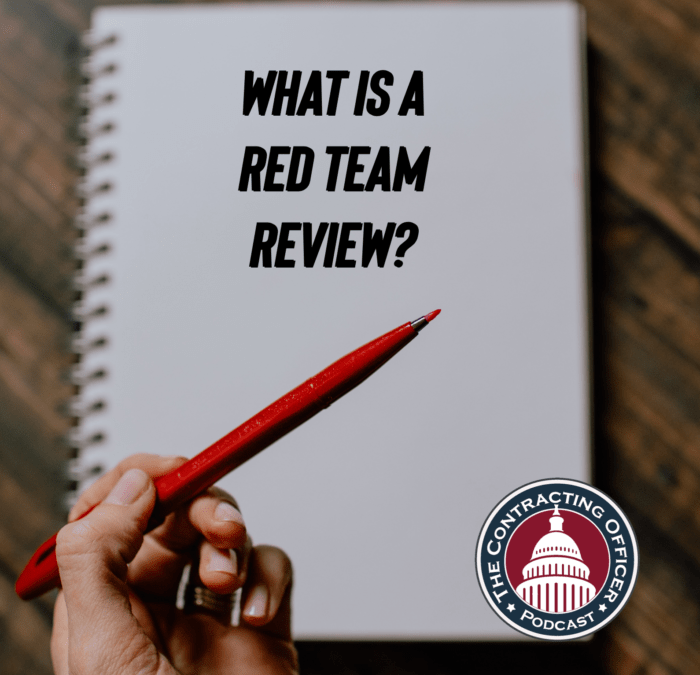
396 – What is a Red Team Review?
Kevin and Paul discuss the process that industry uses to review proposals prior to final submittal. Listen and learn why a red team review can make or break a proposal.

395 – OTAs and Consortia (with Mica Dolan)
Kevin talks Other Transactions and consortia with Mica Dolan, Chief Operating Officer at Advanced Technology International (ATI). Learn why other transactions (OT)have become a more common...

394 – Three sides of the GovCon Triangle
We spend a lot of time on the podcast talking about the Acquisition Time Zones and the Execution Time Zones. Today Kevin and Paul discuss the infrastructure that supports all the activities that...
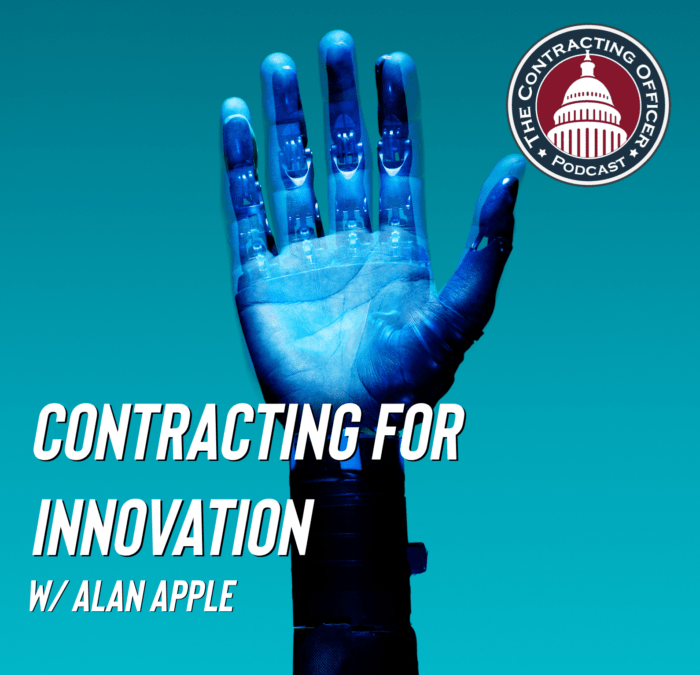
393 – Contracting for Innovation with Alan Apple
Kevin and special guest Alan Apple (applelaw.us) discuss why the government uses Small Business Innovative Research (SBIRs) and Other Transaction Agreements (OTAs). (hint: to find innovation in the...
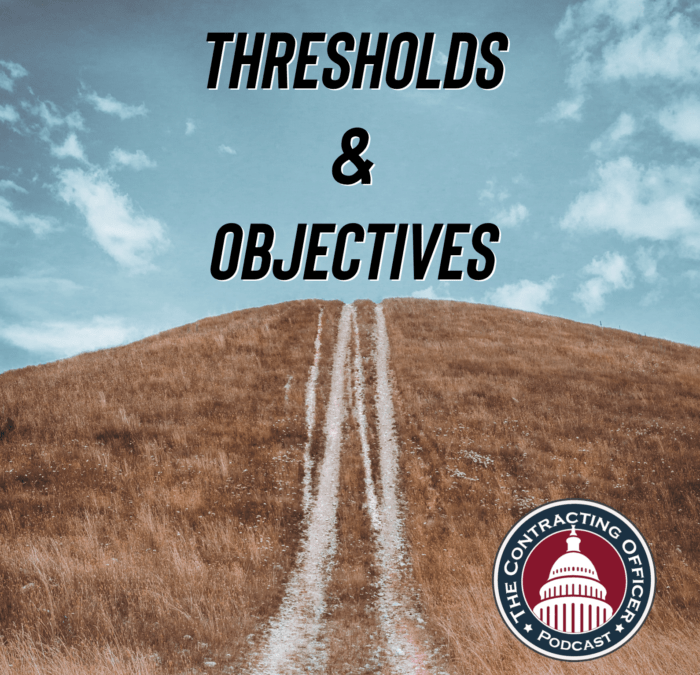
392 – Thresholds and Objectives
Kevin and Paul talk government source selection evaluation criteria. Listen and learn how using threshold requirements and objective requirements can give both government and industry the...
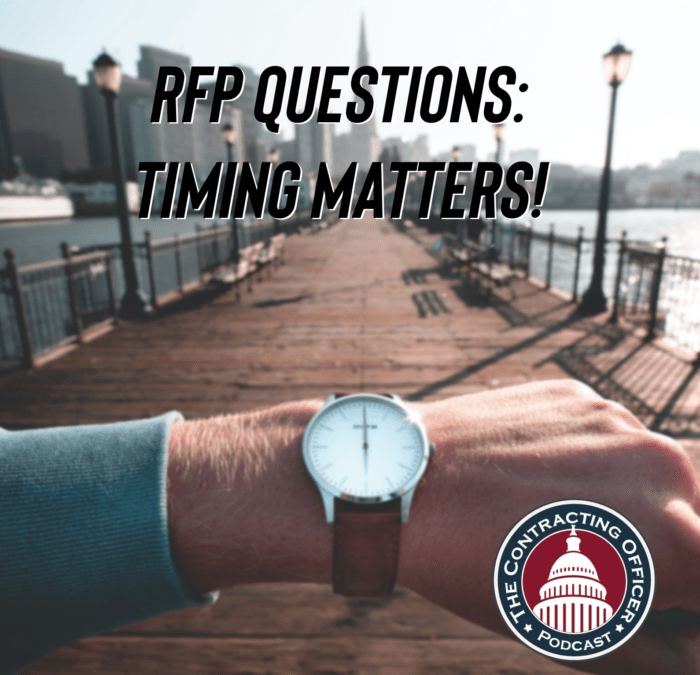
391 – RFP Questions – Timing Matters!
Questions about the solicitation are a fact of life for most acquisitions. Kevin and Paul discuss how early engagement with industry can lower the quantity of questions and lead to better mission...
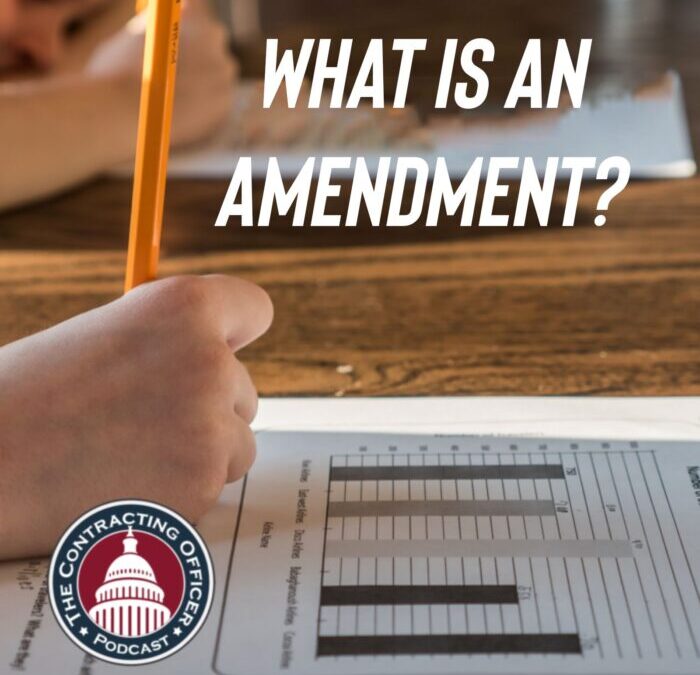
390 – What is an Amendment?
Kevin and Paul describe the process of amending a government solicitation. Listen and learn why (as always) early and open communication reduces the need for amendments which results in faster and...
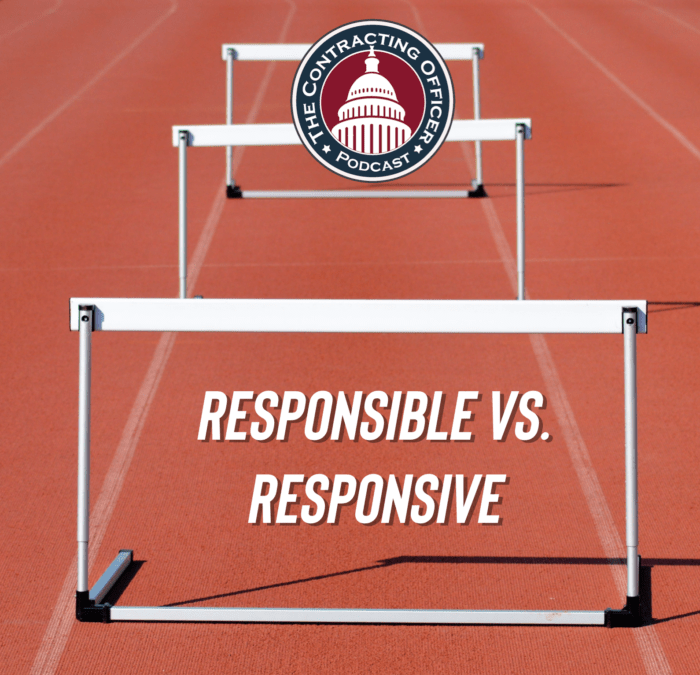
389 – Responsive vs Responsible
Kevin and Paul discuss two hurdles a small business must leap in order to receive a government proposal. Submitting a winning proposal that complies with all solicitation requirements is the first....

388 – It is your decision
Kevin and Paul discuss the not-very-black-and-white nature of decision making and how not making a decision is a decision in itself. Listen and learn about why government contracting officers and...
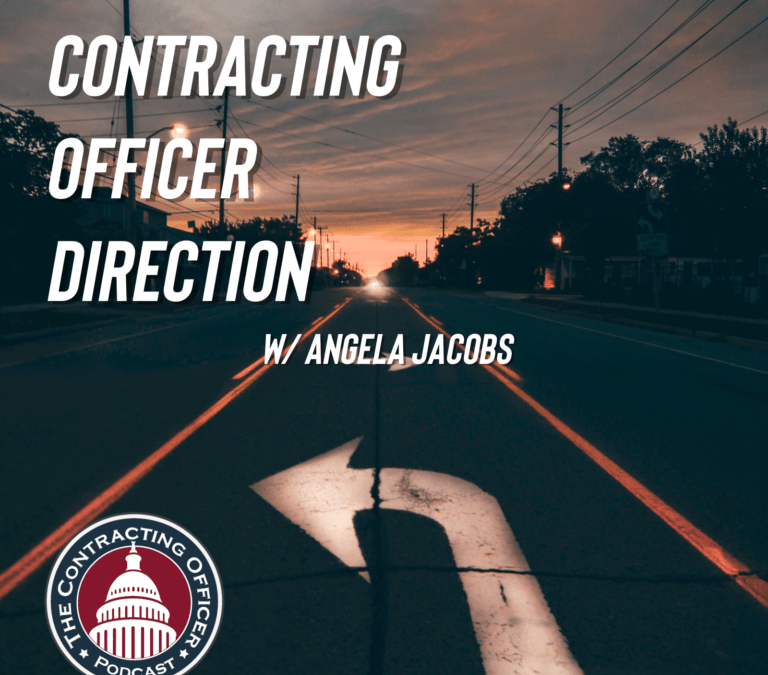
387 – Contracting Officer Direction w/Angela Jacobs
Kevin and special guest (and former Contracting Officer) Angela Jacobs discuss the differences between official contractual direction, business conversations, and basic communication. Listen and...

